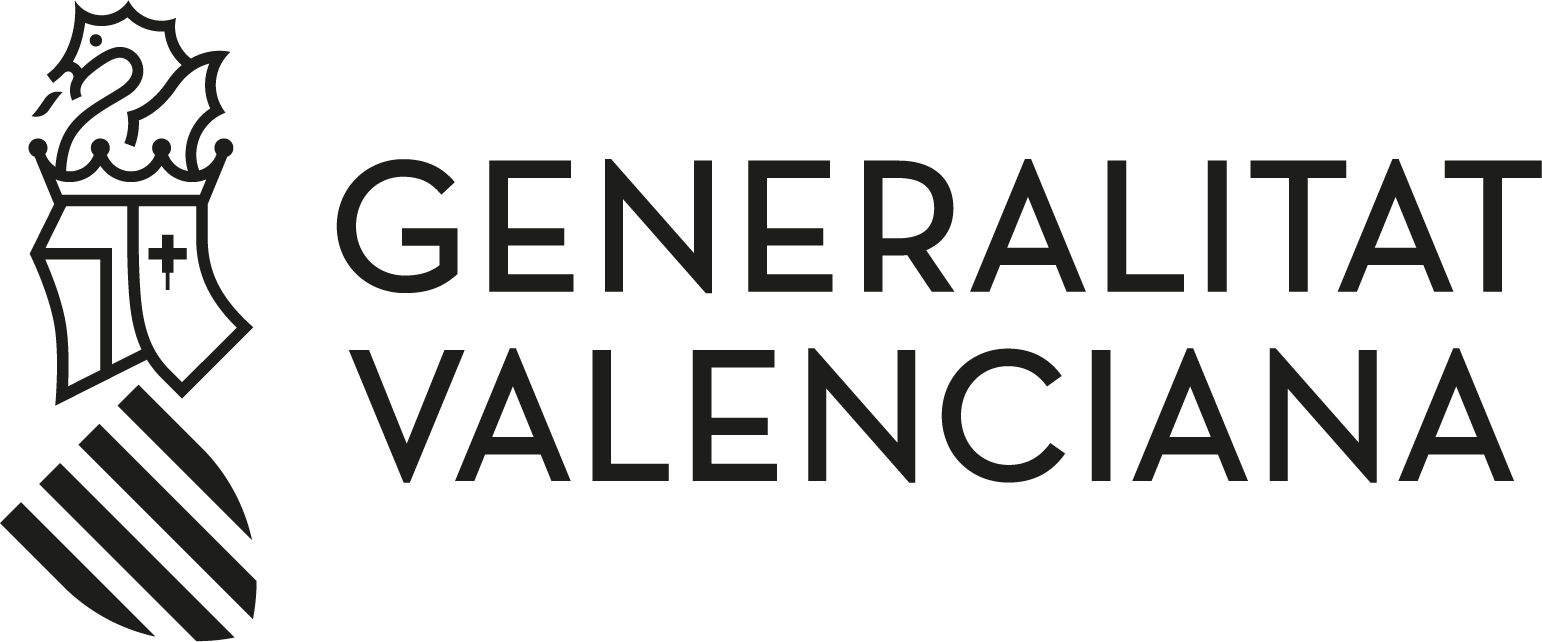History of the Magdalena festivities
The origin of the festivities was the displacement of the city from the hill of Magdalena to the coastal plains in 1251. The Pregó Parade, a mythological, historical and popular event, initiates the festivities, and it is followed by one of the oldest and most emotional events in the festivities, the Romería (pilgrimage) towards the Magdalena hermitage, performed on the third Sunday of Lent. A large number of locals participate in this pilgrimage, carrying tall palm branches with a green silk ribbon attached, due to which it is known as the romería de les Canyes.
The Gaiates (ceramic, wheeled beacons that were formerly used to light swamplands at night), a smokeless, fireless display of light, brighten the dark night of Castellón. In the afternoon, after the tornà (return) of the pilgrimage, the crowning act is performed, with a parade of Gaiates, carriages that look like small temples and that are lit up similarly to the lanterns used by the early inhabitants of Castellón as they descended the mountain to settle on the plain.


One of the most spectacular moments is when the Gaiates of the 19 festive commissions plus the Town Hall commission form a serpent of light that lightens up the night of Castellón de la Plana. On Monday, at Paseo Ribalta, the Encesa (lighting up) of all the Gaiates, one by one, takes place, in the presence of the Queen of the festivities, creating a spectacle of light that fills the entire space. Another noteworthy event due to its emotion, tradition and pageantry which is held on the second Saturday of the Magdalena festivities is the offering of flowers to the Mare de Déu del Lledó, the patron saint of the city.










